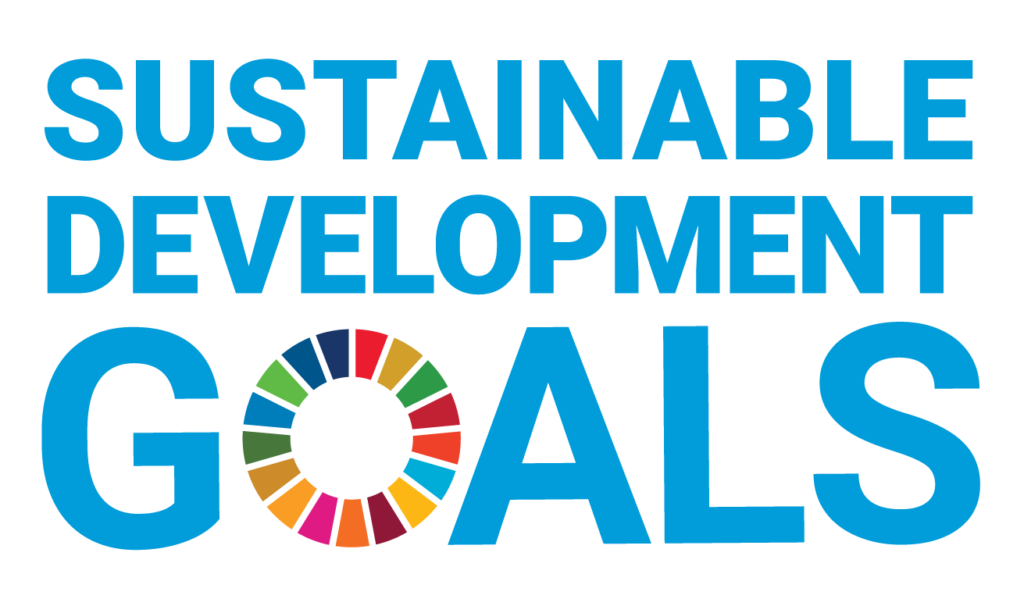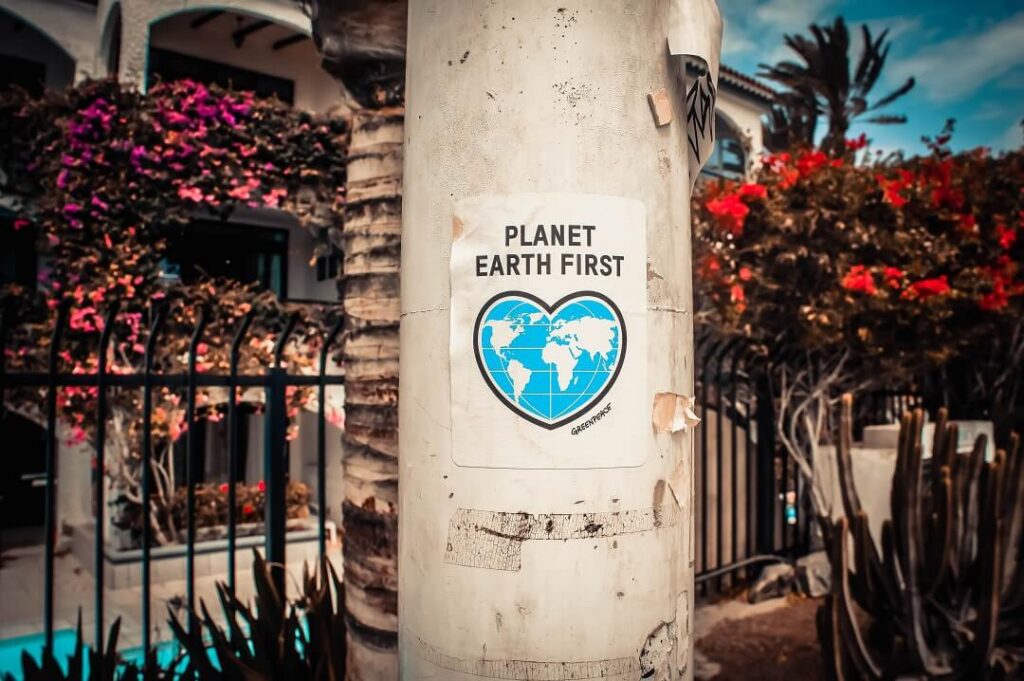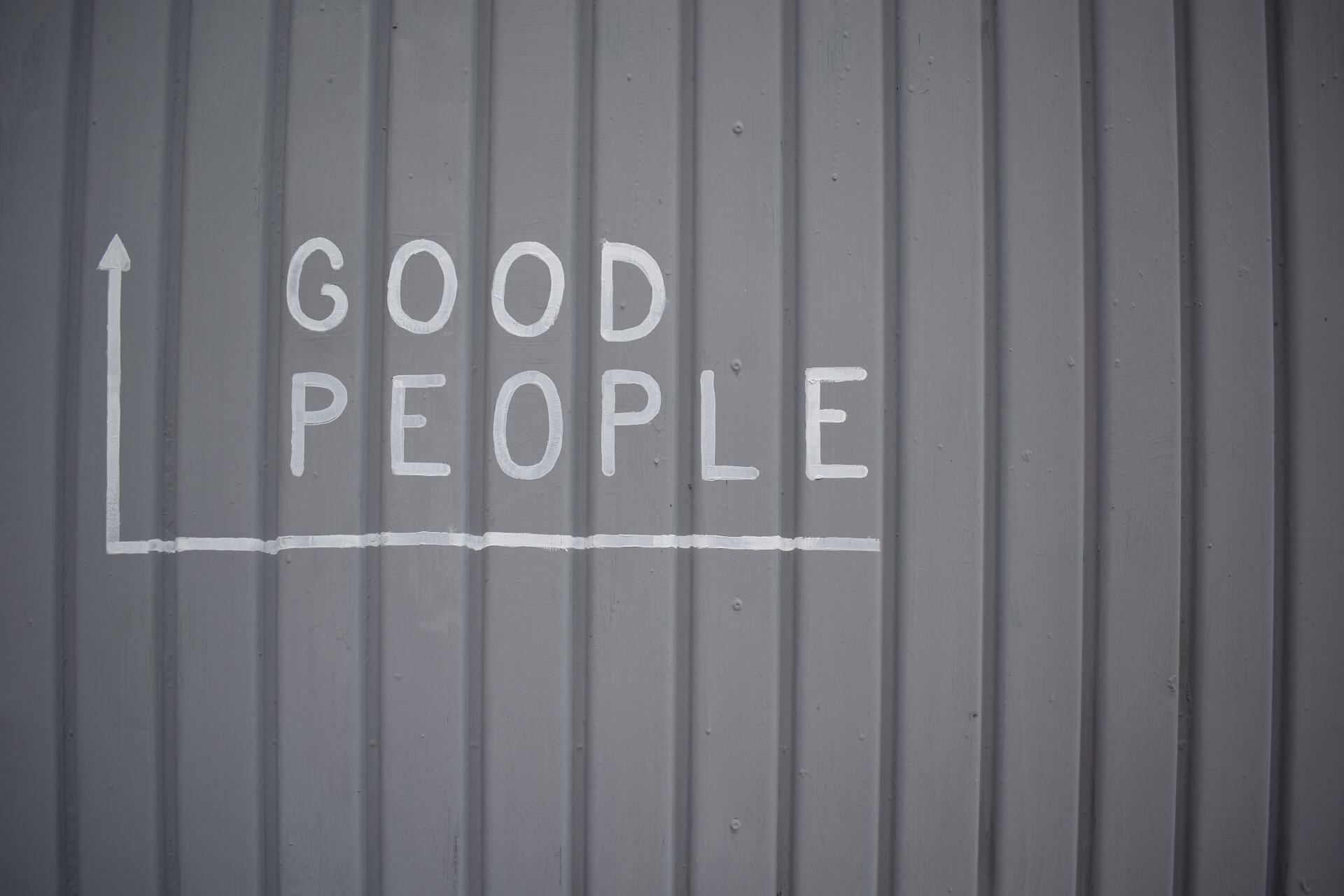With the new financial year well underway, I recently published my new Sustainability and Social Impact page for Volta. It provides an overview of the areas I measured during my first 6 months of business and a summary of what I’d like to focus on in the next 12 months.
When I started Volta, I knew I wanted to embed sustainability principles based on the UN Sustainable Development Goals into my decision-making and operations. If you don’t know what the UNSDGs are, I encourage you to read more via their website. There are 17 goals that are interlinked and provide a map to achieve a more sustainable future for planet and people by 2030.

Ultimately Volta’s purpose is to take us one small step closer to gender equity. So, you will see a significant focus on this UNSDG, and those I believe are closely related to help drive my impact on this objective.
Being a new business, I am still finding my feet as to the social impact I want and can make. However, I understand that without deciding what I’m going to measure and monitoring it, I would not be able to hold myself accountable.
Sustainability focus areas
A few areas I have focused on for sustainability within Volta are:
🌿Achieving carbon neutral status
🌿Minimising my printing. I now only print when absolutely necessary, and when I do, it’s double-sided on recycled paper
🌿My business cards are 100% post-consumer recycled cards
🌿When looking at my supply chain, I research their sustainability practices and how they support the reduction of climate change in their business operations
🌿I buy local where possible to reduce the impact of shipping and transport on the environment

Social Impact focus areas
And when looking at gender equality and social impact, some of the elements I consider and support are:
💚 Women-led and women-owned (and those that identify as women) businesses as well as businesses that have inclusive policies and practices that are seeking to close the gender equity gap
💚 Providing a discount on my services to people from marginalised backgrounds
💚 Do potential clients and suppliers leave with their values and place purpose before profit
💚 Volunteering my time to support NFPs that support the empowerment of women
How to measure?
Trying to measure sustainability and social impact can be challenging and time-consuming. So, I have actively tried to uncomplicate it for my purposes.
When considering social impact, remember it doesn’t always have to be numbers-driven. You can measure qualitatively by using words. For example, moving forward, I will be looking at how women feel following my help with their strategies – do they feel empowered, experience increased confidence or greater clarity? I am still learning to measure impact, so keep an eye out for future posts sharing my journey.
There is no universally accepted method for measuring sustainability. The 5 main frameworks used:
- Global reporting initiative (GRI)
- International organisation for standardisation (ISO)
- Principles for responsible investments (PRI)
- Sustainability accounting standards board (SASB)
- United Nations Global Compact
Many businesses use a bespoke version and incorporate elements of several of these frameworks that are crafted to match their business strategy and desired outcomes.
The framework I’m aiming to use is the B Corp one. I’m working through an assessment with the hope of becoming certified in the next 12 months. B Corp is a movement that supports business for good. The framework measures the impact of your business across 5 areas: Workers, Customers, Governance, Environment, and Community. You can read more about B Corp Australia and NZ here.

How to start your sustainable and social impact reporting journey
Rather than do nothing, I believe that embedding these values and goals into my decision-making process is progress enough. And, as I increase my knowledge and my business develops, so will impact and reporting levels.
So, how do you get started? Here is my suggestion on how you can start:
- Review your values and decide what is important to you and your business.
- Check out the UN SDGs, see which resonate with you, and pick a couple you would like to focus on.
- Determine how you can support the goals selected and how you will measure your performance.
- Track your progress over the year and adjust how you respond to maximise your impact. Remember to consider these goals and your values when making decisions in your business.
- At the end of the year, review how you performed. Look at where you started and where you are now. Share your results as this will hold you accountable.
- Decide how you can improve and determine your goal for the new year and repeat the process.
My reporting method may not be as sophisticated as larger businesses (and, thankfully, nowhere near as many pages with technical jargon). However, I hope it encourages other small business owners that you can start small and then seek to improve and expand on your impact over time.
If you’re keen, I’d love for you to share your goals for the upcoming year to help inspire others to #bethechange. And be sure to read my article on ‘Sustainability in small business’, which will give you a few ideas on what you can do today to incorporate sustainability into your business operations.
Contact me today if you want help in becoming more sustainable and mapping out an action plan.
And, if you haven’t already done so, pop on over to my Facebook group, When business and purpose collide. Join other socially aware business owners on their journey to a purpose-led business.


0 Comments